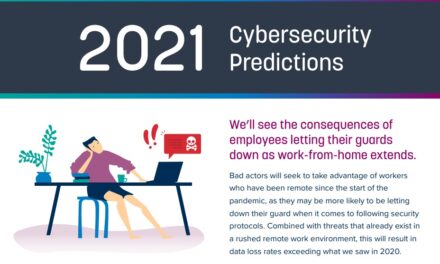Paying your way out is not the long-term solution. Having the proper cyber resilience mindset is…
Among cybersecurity professionals in Southeast Asia, it is perhaps the worst-kept secret that businesses have been quietly paying out millions of dollars in ransom payouts to cybercriminals.
Numerous studies over the years cited the region as the most vulnerable to cyberattacks and also the most likely to pay off a ransom.
Furthermore, with ransomware attacks consistently making headlines internationally, it can be easy for regional businesses to become desensitized to the overwhelming threat, and to start looking at ransoms as just another line item on their budget sheets simply because they feel “helpless” and resigned to the threat.
Organizations should not use “helplessness” as an excuse for negligence and avoid responsibility for their lack of effort in enhancing their cyber posture. Instead, they should strive to uplift their baseline cyber hygiene practices to ensure accountability.
To feel less helpless, START HERE
The modern business landscape is one where organizations of all sizes face a burgeoning variety of cyber threats. Consequently, determining the specific nature of cyber threats is no easy task and requires a unique approach for every situation. There is, unfortunately, no one-size-fits all formula for deciphering what a cyber threat could be for one organization or the next.
Nowadays, comprehending the specific cyber threats that a business faces, the associated risks and potential consequences, along with determining which threats should be tackled first, is essential and more so than any other mission-critical decision-making or business analysis. This is the lone approach to guaranteeing that a business practices good cyber hygiene and maintains continually effective cybersecurity measures.

Preparedness: always the top priority
The frequency of ransomware attacks has cemented the fact that many organizations are still unprepared to handle them, or have been too complacent.
Ransomware attacks should be planned for like any other foreseeable emergency, and organizations should take the necessary precautions to protect themselves.
- •Firms should have mechanisms and tools in place that can anticipate cyberattacks, quantify the risks posed and communicate those risks to support the decision-making that is needed to stay ahead of emerging cyber threats.
- The significance of preparedness is frequently disregarded when it comes to managing ransomware attacks. Besides concentrating on diverse measures to mitigate the attack, it is equally essential for enterprises to undertake practice drills to spot loopholes in their response plans. Readiness equips stakeholders with the assurance that they can respond calmly and effectively during real ransomware attacks.
Being prepared can make a vast difference in the amount of money, effort and time required to respond to and recover from a major cyber incident that causes critical, long-term damage — damage that some firms may find exceedingly difficult to recover from.
All hands on deck
During the process of recovering from a breach and returning to normal business practices, a firm experiences additional stress due to the potential harm to its reputation caused by the release of sensitive data.
When dealing with leaked information, ransomware response frequently occurs in a public setting due to widespread reporting by the media. As a result, safeguarding against such attacks necessitates the involvement of not just security and IT groups, but also the firm’s legal, public relations, investor relations, and customer support teams. Hence, these internal stakeholders are critical to any organization’s overall preparedness plan in the event of an incident.
Finally, the issue of ransomware cannot be resolved in a vacuum. Ultimately, organizations need to make it more difficult and less lucrative for bad actors by focusing on enhancing their cybersecurity basics, getting ready for ransomware attacks in advance, and implementing an all-hands-on-deck approach.





















